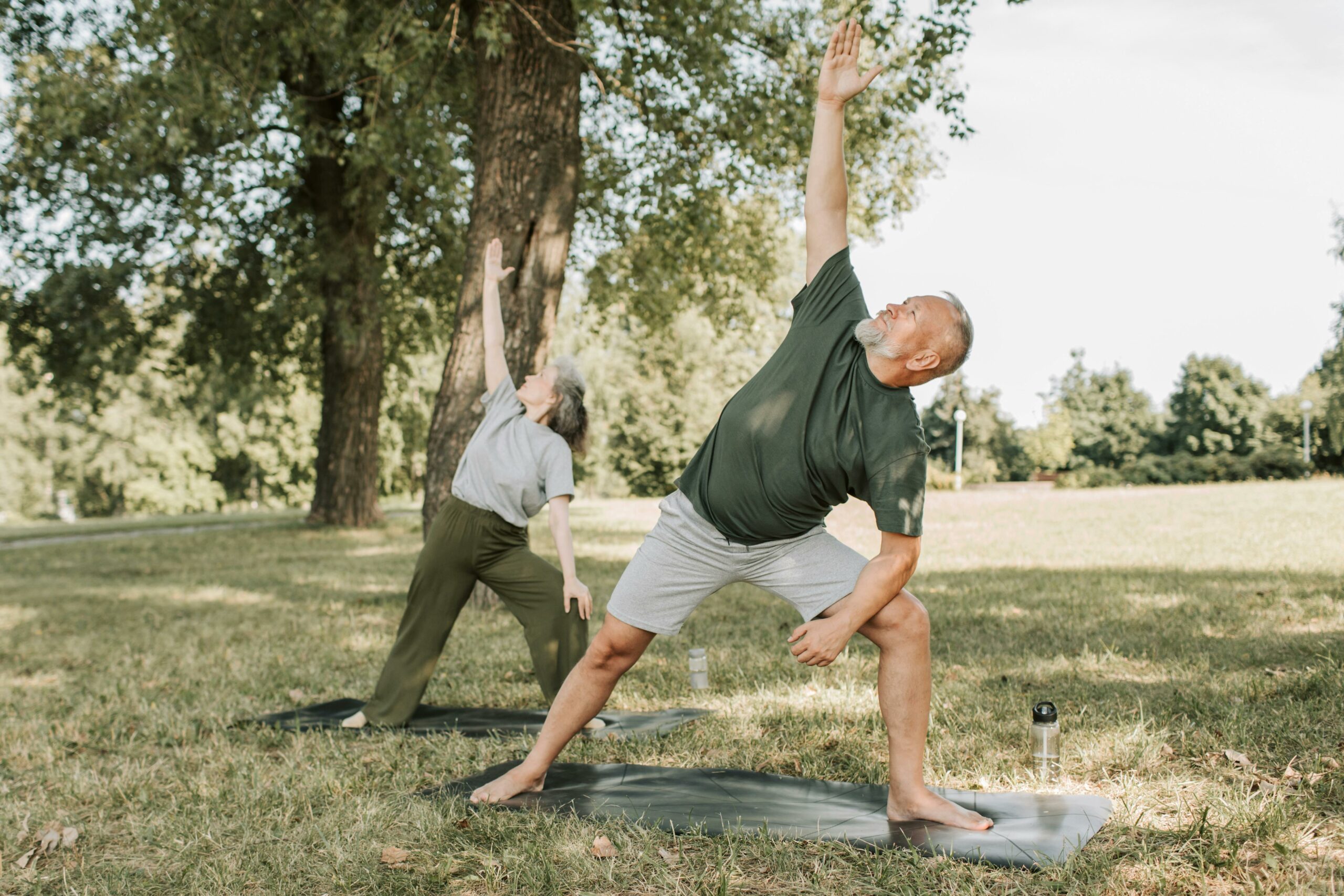with a shift in temperature
and a noticeable change in daylight hours, October presents a time where our bodies may need assistance when it come to Vitamin D. Normally derived from sun exposure during the Spring and Summer months, the strength of the Sun at this time of year is not adequate enough to provide optimum levels. It’s now that the UK Public health guidelines recommend dietary or supplementary Vitamin D to maintain adequate levels.
Vitamin D is crucial not only for bone health, where it aids the absorption of calcium, but helps to control in excess of 1000 bodily processes. One main function is its role in the immune system playing an integral part in the immune response, so much so that many immune cells contain Vitamin D receptors.
Such is its role within the immune system, it’s no surprise that some studies have found those with autoimmune conditions have a higher tendency to have Vitamin D deficiency. Whilst this isn’t necessarily causal, there is clearly a link which requires deeper research, and would suggest those particular individuals may benefit from supplementation.

Factors associated with low Vitamin D status
or deficiency comes in many forms. Seasonal changes where sunlight is not strong enough as mentioned above. Heavy use of sunscreens – this can affect the skins ability to synthesise Vitamin D. Skin pigmentation – skin tone alters the production of Vitamin D. Bodyfat – excess bodyfat limits the bioavailability of Vitamin D. Vitamin D is fat soluble, therefore excess bodyfat reduces the amount released into the bloodstream. Age – our ability to utilise sun exposure to produce Vitamin D is reduced.
Where to find some Vitamin D?
Oily fish, such as salmon, mackerel and sardines alongside most red meat and egg yolks are the biggest contributors. Vegetable sources of vitamin D are highest in mushrooms, particularly wild mushrooms that have been exposed to sunlight. They’re not just vitamin D supremos, these tasty funghi pack in potassium, copper, B vitamins and antioxidants, making them a must have addition to you Autumn meals.
As with most things in our complex bodily systems, it’s never about one thing alone. Vitamin D needs support from it’s friends vitamins A & K. Vitamin A generally comes from animal or dairy products, or those vegetables that are orange or dark green in colour, and similarly vitamin K containing foods are generally dark leafy green vegetables.
These three friends are all fat soluble so cooking them in extra virgin olive oil is a great way to take full advantage of these foods.
Similarly, supplementation of vitamin D without optimum magnesium status can impact magnesium further, so ensuring you incorporate your leafy greens, nuts and brown rice into your meals throughout the week are a must.
Getting your vitamin D levels checked are always recommended before supplementation, and checking the guidelines in your area on the NHS websites will help you understand your personal need.
Incorporating foods that contain vitamin D and it’s cofactors is a sensible move this Autumn!












